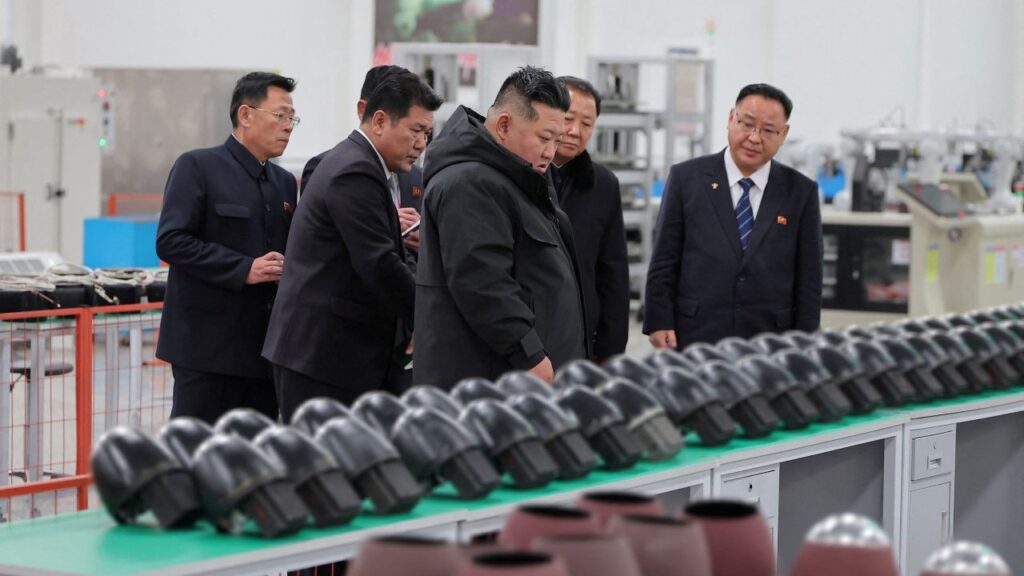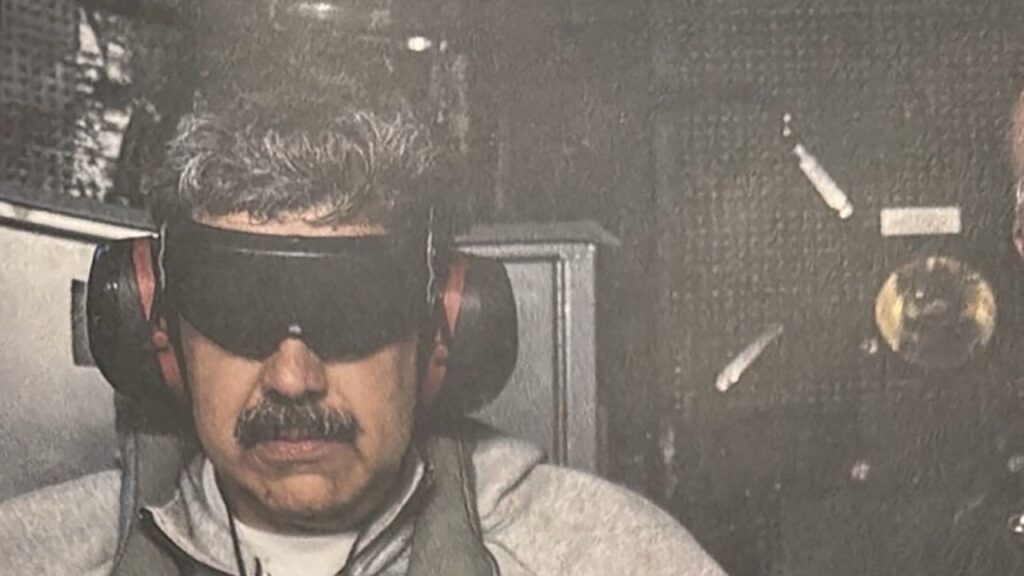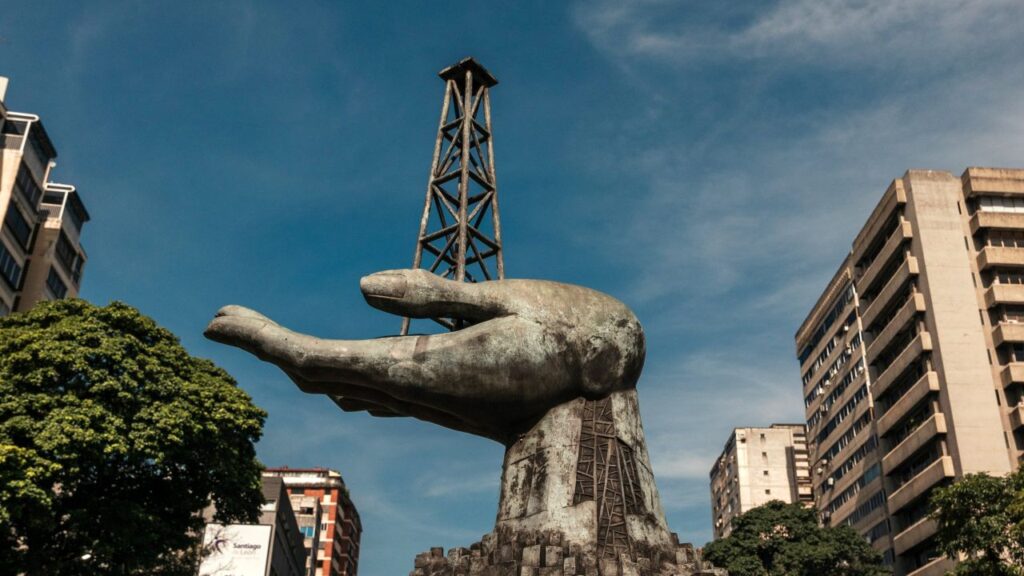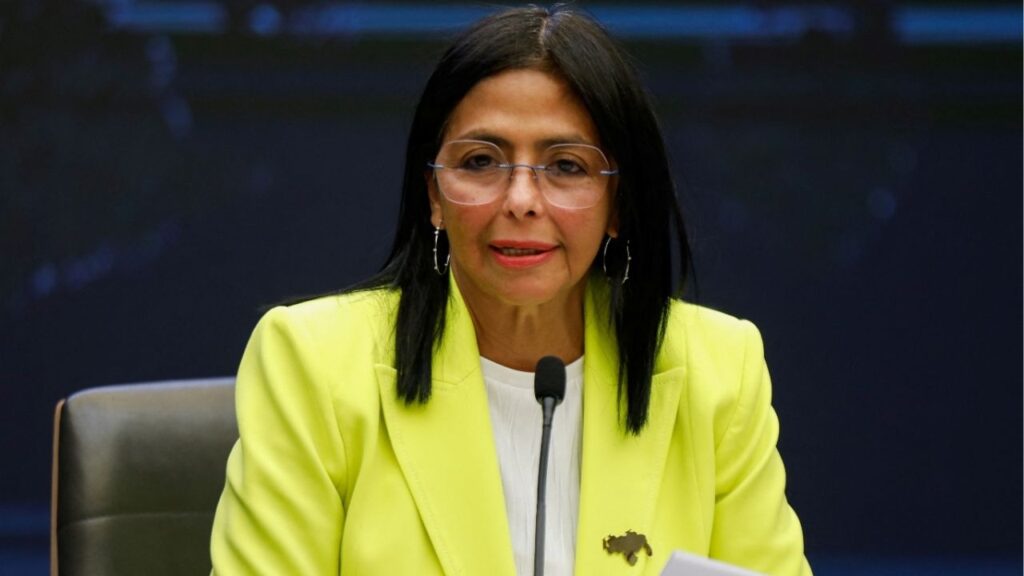Share
Fresno State engineering students and their professors are trying to help protect healthcare workers from becoming infected with COVID-19 by designing and building face shields, masks, and air respirators.
The mechanical engineering lab in Engineering West hummed Friday as 3-D printers churned out parts for face shields and masks.
Some of the face shields have been donated to Community Regional Medical Center — about 200 were being cranked out Friday — and more are on the way.
Senior Noah Haworth, the student leader for the project, has a somewhat vested interest in making sure that healthcare workers have enough equipment on hand to help protect them from the novel coronavirus. Haworth’s dad is a doctor at the Adventist Health clinic in Orange Cove.
“When I heard about it, I really wanted to help out,” said Haworth, 22, of Reedley.
Keeping Healthcare Workers Safe
Haworth said his father might well already be working with COVID-19 patients — many are sick, but little testing is available — but he has enough personal protective equipment to protect against the virus, which is highly contagious.
Doctors from UCSF Fresno who are on the front lines at Community Regional Medical Center contacted the Lyles College of Engineering in March to ask for help in providing PPE.
After testing out face-shield prototypes on CRMC intensive care unit workers, the final design was developed by 2017 mechanical engineering alum Shervan Zzoghi with the help of several Fresno State students.
Keeping Costs Low
The frame and Velcro parts of the face shield, which costs about $1.50 to produce, can be sanitized and reused. Fresno State President Joseph I. Castro and the technology firm DPS Telecom helped pay for the materials.
3-D printers were collected from across campus, including the Henry Madden Library, to help make the face shields.
Students and faculty also have been working on a design for a battery-powered air-purifying respirator, or PAPR, which would protect intensive care unit workers from an airborne virus.

Associate professor Thế “Leo” Nguyen, who demonstrated a prototype in the lab on Friday, said the unit weighs no more than 5 pounds.
Converting CPAP to PAPR
Engineers are using a CPAP machine, which helps patients with sleep apnea continue breathing, to create the respirator unit that also includes hooding to cover the head and shoulders.
Nguyen said the team designed a filter to attach to the CPAP that would remove bacteria, chemicals, and particulates from the air, leaving it highly purified. The device would be attached to a belt, he said.
Haworth said the team has been cost-conscious about the materials and designs. Designs for the Fresno State devices are being posted to an open-source website that anyone can access.
“We’re looking at options to make them more inexpensive by using things as simple as a trash bag. We could use ponchos for the hood,” Haworth said. “Right now we’re working with sand-blasting uniforms that have a lot of the tubes already. And they look better than a trash bag.”



















